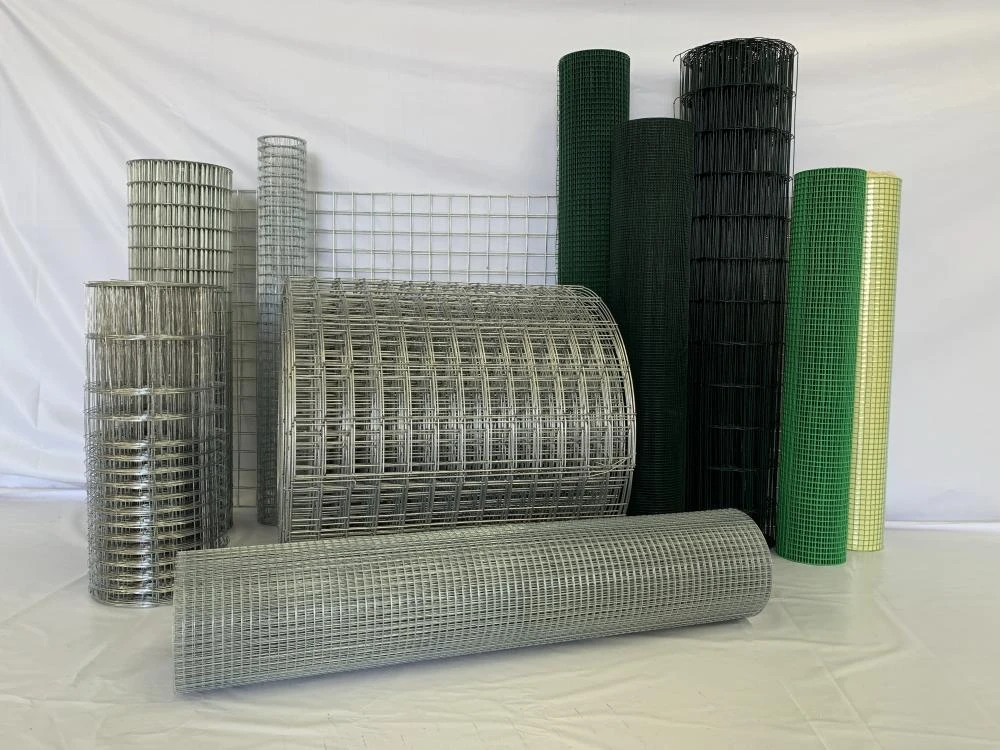removing nails from wood
Removing Nails from Wood A Comprehensive Guide
Removing nails from wood can be a daunting task, especially if the nails are deeply embedded or have been there for a long time. Whether you're refurbishing old furniture, salvaging wood for new projects, or just cleaning up after a demolition, knowing the proper techniques for nail removal can save you time and frustration. In this article, we’ll go through several methods and tips for effectively and efficiently removing nails from wood.
Tools You'll Need
Before diving into the removal process, it’s essential to gather the right tools. Here’s a list of items you'll likely need
1. Pry Bar A flat bar (also known as a crowbar) is an indispensable tool for removing nails, especially those that are stubborn. 2. Hammer A claw hammer will come in handy for nails that need a little extra encouragement to come out. 3. Nail Puller This specialized tool is particularly effective for removing large or difficult nails without damaging the wood. 4. Pliers Needle-nose pliers can be useful for pulling out smaller nails or those that have broken off. 5. Lubricating Oil If the nails are rusty, applying a small amount of oil can help ease their removal. 6. Wood Blocks When using a pry bar or hammer, placing a piece of wood under the tool can help protect the surface of the wood you’re working on.
Method 1 Using a Pry Bar
A pry bar is one of the best tools for nail removal. Here’s how to use it
1. Position the Pry Bar Slide the flat end of the pry bar under the nail head. If needed, use a piece of wood as a buffer to prevent damage to the surrounding wood. 2. Leverage Gently pull the handle of the pry bar upwards. The leverage will help lift the nail out of the wood. If the nail doesn't budge, reposition the pry bar and try again.
3. Continue Applying Pressure If the nail is particularly stubborn, you might need to push down on the pry bar handle while using the upward motion. This action will create enough force to pop the nail out.
Method 2 The Hammer and Claw Technique
For nails that are partially exposed, a hammer can be quite effective
1. Use the Claw Position the claw of the hammer around the nail head. 2. Rock the Hammer Gently rock the hammer back and forth while pulling towards yourself. This action can help loosen the nail.
3. Remove the Nail Once the nail is sufficiently loose, pull it out with the hammer.
removing nails from wood

Method 3 The Nail Puller Approach
For larger nails, a nail puller is ideal
1. Insert the Nail Puller Place the jaws of the nail puller around the nail head.
2. Leverage Again Squeeze the handles together to grip the nail. Once secured, pull the handles apart to extract the nail from the wood.
Dealing with Broken Nails
It’s not uncommon to encounter broken nails that leave part of the shank embedded in the wood. In this case
1. Drill It Out Use a drill with a bit slightly larger than the nail shank. Carefully drill into the broken nail. This method effectively removes the broken piece, allowing you to replace it with a screw if needed.
2. Use Pliers If any portion of the nail head is visible, use pliers to grip it and twist it free.
Tips for Successful Nail Removal
- Take Your Time Rushing can lead to damage. Patience is key. - Apply Lubrication If you encounter rusted nails, add some lubricating oil to help ease the extraction. - Protect the Wood Always use blocks of wood or other materials to protect surfaces when using leverage techniques.
Conclusion
Removing nails from wood doesn't have to be a painful experience. With the right tools and techniques, you can efficiently extract nails while minimizing damage to the wood. Whether you're a seasoned DIY enthusiast or a beginner, mastering this skill is essential for any woodworking project. Happy nailing!
-
Successful Participation at the 137th Canton Fair in April 2025NewsApr.20,2025
-
Successful Participation at the 2025 NAHB International Builders' Show (IBS) in Las VegasNewsFeb.28,2025
-
Successful Participation at the 2025 Philippine World Building and Construction Exposition (WorldBex) in ManilaNewsMar.20,2024
-
Successful Participation at the 2024 Canton FairsNewsOct.20,2024
-
Successful Participation at the 2024 Canton FairNewsApr.20,2024
-
Successful Participation at the 2024 Philippine World Building and Construction Exposition in ManilaNewsMar.20,2024




